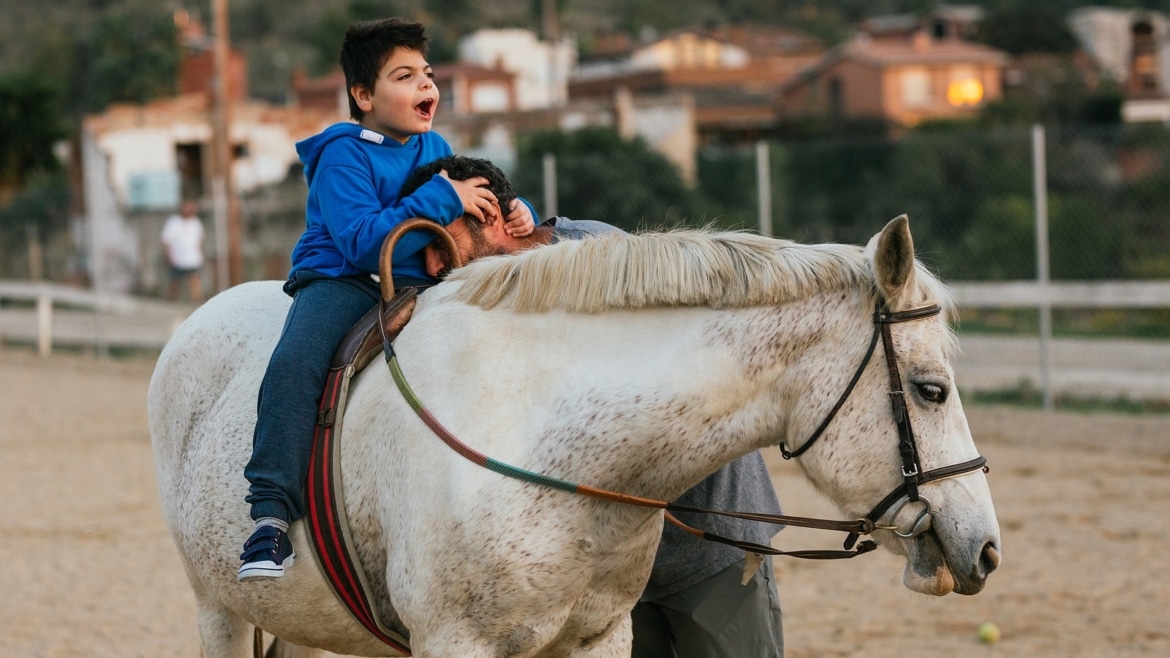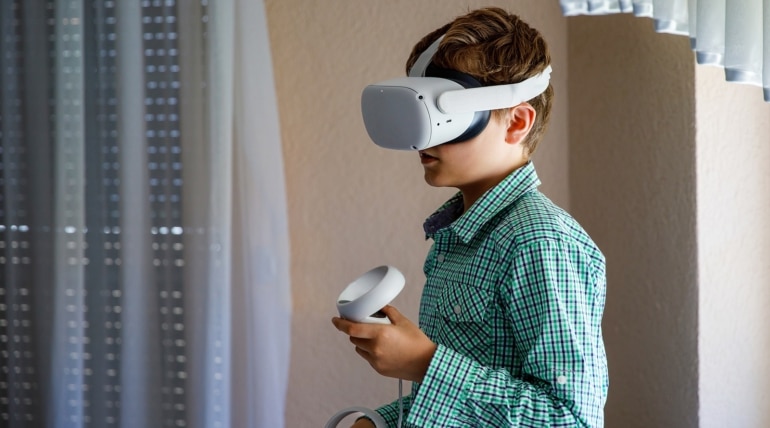When you think of horse riding, what pops into your mind first? Probably spending time in nature, enjoying the landscape’s view and the cool breeze. That is one part of horse riding, But did you know that horseback riding can also be beneficial to Autistic individuals therapeutically?
Scientific Evidence of Horse Riding as a Therapy
The idea of horse riding as a therapy for Autistics may seem like a new idea, but there’s a lot of anecdotal evidence pointing to its effectiveness as a therapy for Autistics. For example, one recent study published in the ScienceDirect database provides more concrete evidence.
The research reveals that after ten weeks of therapeutic horseback riding intervention with ASD individuals, horseback riding significantly improved mood/emotion regulation, adaptive and social behaviours and awareness, and motor coordination/planning in autistic children; these benefits did not end after the riding session, but were extended to the classroom environment as well. In other words, horseback riding has long-lasting therapeutic effects for ASD individuals.
The Research Procedure
Dr Gabriels and his wanted to research whether horse riding can have a positive effect on Autistic children. Their target skills were adaptive skills, socio-emotional skills, coordination and communication skills. To accomplish this, Dr Gabriel invited 42 Autistic participants for the research. These were children aged between 6 and 16 years old, whose average age was 8.7 years. Each participant was screened and approved by the review board before recruitment.
Depending on the initial screening feedback, each rider was provided one to three volunteers for assistance during the therapeutic horseback riding intervention. This ensured that each individual had the support they needed to achieve the best outcome.
The session for each participant began by putting on a riding helmet and waiting on the bench until their horse was ready. After mounting, they participated in therapeutic horseback riding activities lasting at least 45 minutes of the hour-long session.
After the ride, each participant took their horse to the tacking area, where they practised removing and cleaning the horse’s saddle and bridle. They expressed their gratitude for the horse and volunteers before returning all equipment to its place. This process was repeated for ten consecutive weeks as a part of the intervention.
The Results of the Study
The results indicated that horseback riding has positive long-term effects on the motor skills, ability to interact, and emotional regulation of autistic individuals socially. For example, the horse’s response to the autistic child’s verbal commands during therapeutic horseback riding was unexpectedly motivating.
This could have contributed to increased expressive communication behaviours, as seen in this pilot study. In other words, the engaging and interactive experience of interacting with a horse seems to have encouraged improved communication skills among those with Autism. In addition to the physical benefits, there was an increase in their cognitive and social engagement. This was evidenced by improved eye contact, verbal communication, and self-awareness in the ASD participants after therapeutic horseback riding intervention.
ABA & Horse Riding Therapy
With the above findings, combining horse riding therapy and ABA is a plausible idea, as both have effective results. Horse riding helps autistic to improve their skills in a natural setting, and similarly, ABA helps improve Autistics behaviour using scientifically proven approaches in a natural environment. A combination of both approaches can yield impressive results.




